ESPN 30 for 30 American Gladiators reveals show’s dark side
Big Deron “Malibu” McBee remembers his first day on “American Gladiators” in 1989 vividly.
He was called on to participate in the “Human Cannonball” — an event in which an amateur contestant would Tarzan swing on a rope and purposefully crash into McBee with the aim of knocking him off an elevated platform.
McBee’s only protection was a modest football blocking pad.
When the other contestant collided with him, McBee split his head open and sustained a vicious concussion from the impact that required surgery to realign his forehead.
But, no one working on the show — one where amateur competitors from across the nation took on titans with fun nicknames — seemed that concerned, according to McGee.
“None of the producers or directors came up and talked to me about it. Nobody wanted to say what happened and it was like they wanted to sweep it under the rug.”
His physician, however, was alarmed.
“My doctor said, ‘Listen, you sustain one more hit like you got, you’re going to be in a wheelchair paralyzed because your brain is slowing,’” McBee, now 62, told The Post. But, “I begged him to let me go back to work.”
The hit competition show, which ran from 1989 to 1996, didn’t have much job security for its participants, who taped as many as four events per day.
McGee continued being a gladiator for several more years, during which time he tore his bicep and broke three ribs.
“It was cutthroat,” he said. “[The attitude was] ‘because if you don’t do it, we’ll just get somebody else to fill your boots’ … I had these things in the back of my mind. I was literally scared that I could be in a wheelchair — or worse.”
The dark side of the hit show is explored in a two-part installment of ESPN’s “30 for 30” series, titled “The American Gladiators Documentary,” out Tuesday and Wednesday.
“Gladiator” creator Johnny Ferraro and fellow big shots insisted on juicing up the physicality of the show’s high-intensity events — like the basketball-football hybrid powerball and the pugil stick joust — in the interest of ratings.
The cost to the athletes was no more than an afterthought, according to former gladiator Michael “Gemini” Horton.
“They always wanted impact. ‘You gotta hit the guy.’ That’s what sells,” he says in the doc. “They were pushing for more. But the suits did not understand what they were asking for.”
Trainer Tony Spino says he “had more injuries on this show in three weeks than I ever had in a whole football season at UCLA.”
During a round of “Atlasphere” — where participants would ram into each other while inside rounded, metal cages — a medal shard split off and gored an unnamed gladiator in the behind, he recalls in the doc.
The wound required 75 stitches.
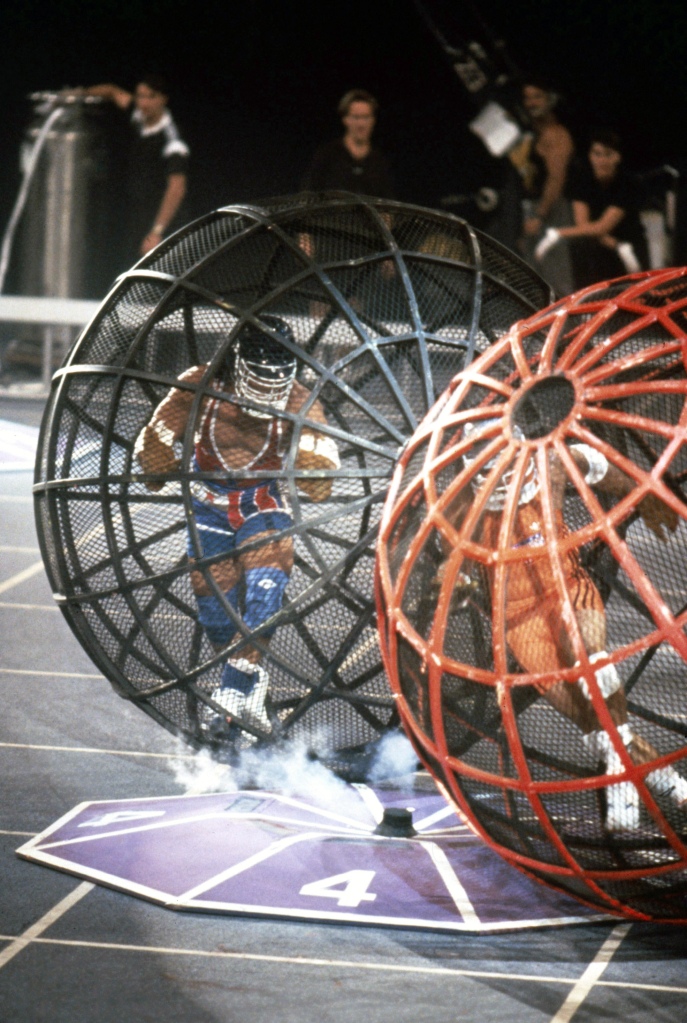
“It went really deep, to the bone,” he says.
“Gladiators” producer Brian Gadinsky admits that the health of the participants was a big concern.
“Many of these games were not safe for humans to play,” he says in the documentary. “There was no regulation, we didn’t have OSHA coming in and checking off the safety of the games. So the training room was like a MASH unit. It was like wartime.”
Perhaps the most heart-wrenching story is that of William “Thunder” Smith, who died shortly after filming for the documentary in 2021 at age 56. The cause of his death was not made public.
In 1992, Smith was playing the game “Hang Tough,” where he battled another gladiator while hanging from gymnastic rings. He fell onto safety mats that he alleges were not properly blown up because the show’s inflation machine had broke and leaf blowers had been ineffectually used in “a last ditch effort.”
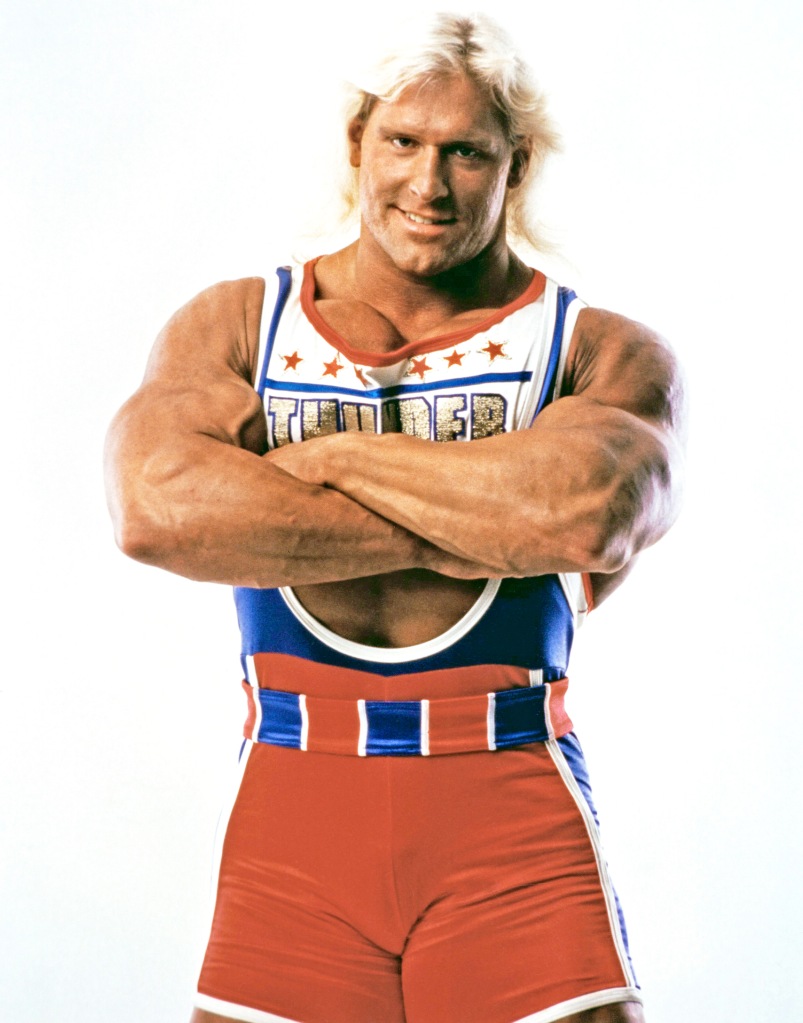
He suffered seven herniated disks in his back as a result.
“Today, I’m in a lot of pain and I will be forever,” Smith says in the series. At the time he was interviewed, he required a specialized walker. “I have a lot of regrets … I would do most of my life over again.”
Smith also says he became addicted to pain medications to cope with the show’s toll.
“You can’t walk, you can’t think, you can’t get out of bed,” he says in the series. “I have never kicked it. I’ll never kick it, I still suffer from it.”
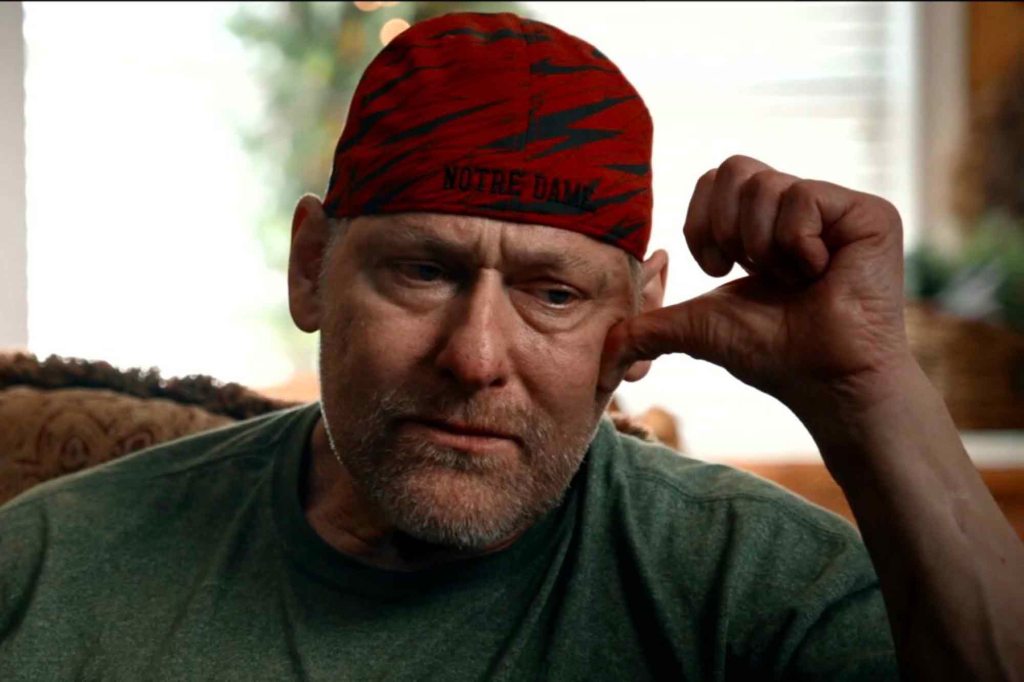
In 2016, Dan “Nitro” Clark told Sports Illustrated about taking a “handful of Vicodin” after herniating several discs so that he would appear healthy enough for his doctor to sign off on him returning to work.
“I was looking at losing out on hundreds of thousands of dollars,” he told SI of potentially having to take weeks off to properly heal. “Painkillers and I were good friends. A gladiator has to eat.”
Clark was also heavily dependent on steroids. In his 2009 book, “Gladiator: A True Story of ‘Roids, Rage, and Redemption,” he writes about relying on them to maintain his physique even as they wreaked havoc on his sex life, heart health and mood — once leading him to have a vicious fight with co-star Laser that left scars on his face.
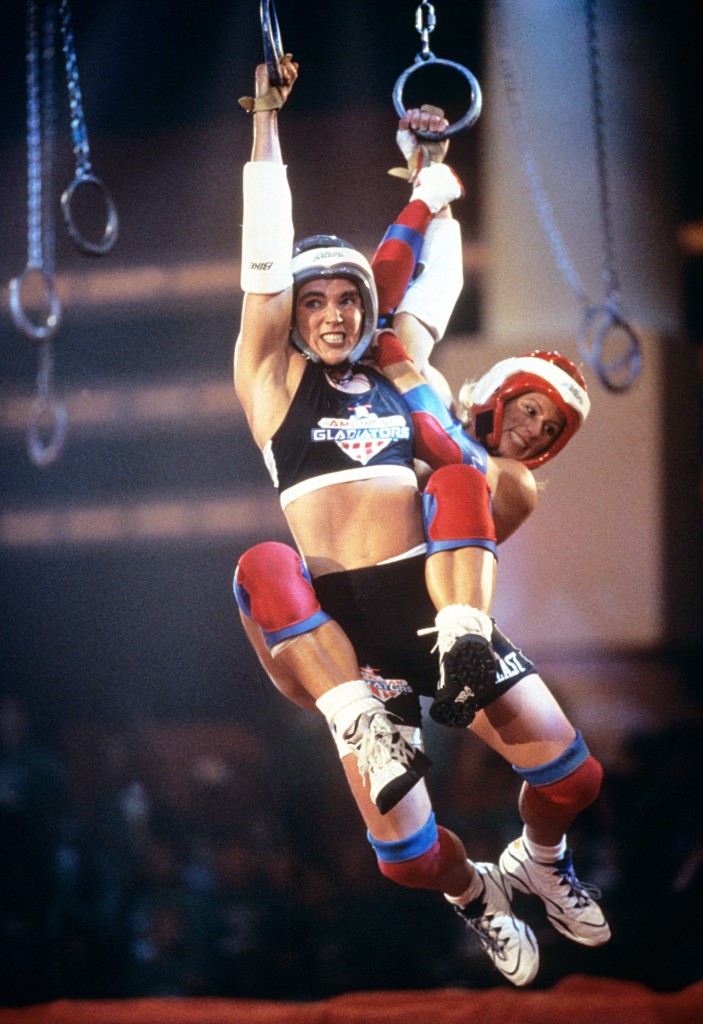
“I always thought I could handle it,” he writes in the book. “But the drug handled me.”
In the creator’s mind, the show’s evident lack of safety was simply the cost of doing business.
“You can’t get glory unless you go through a little bit of pain,” says Ferraro on the documentary. “You can’t say I’m a champion without getting a black and blue.”
But it wasn’t the gladiators’ injuries and addictions that ultimately led to the show fizzling out in 1996.
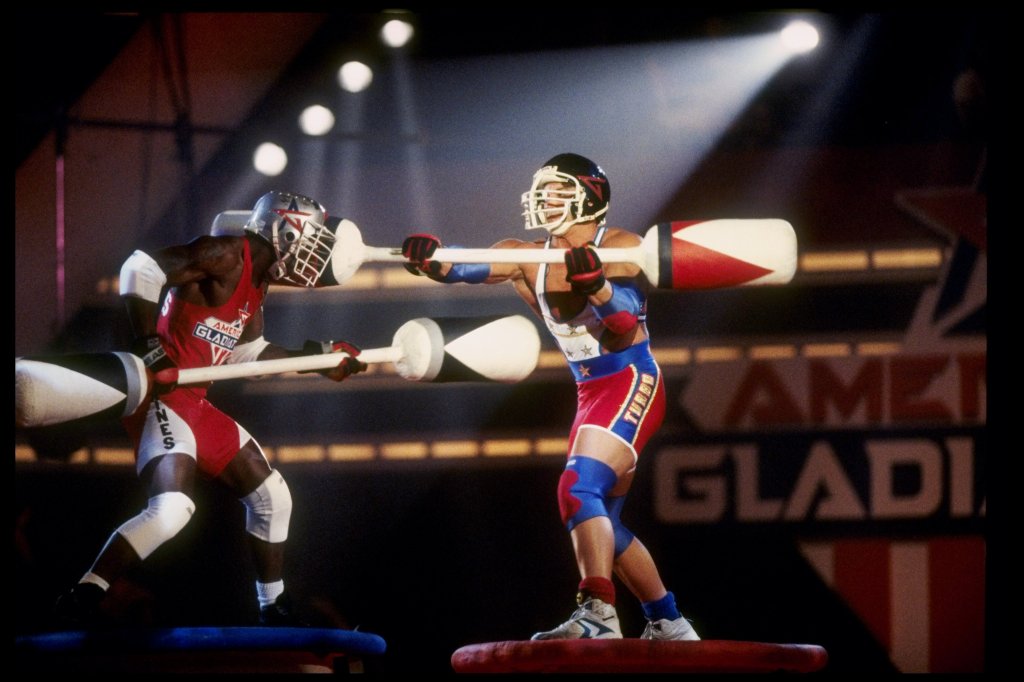
“People start becoming greedy and ego [was everywhere]. I think that hurt the show,” McBee said. Ferraro blamed it on America’s changing TV tastes.
In 2008, “Gladiators” was relaunched for a season — with Hulk Hogan as host — but failed to get good ratings.
It’s set to return again later this year in the UK. “Gladiators” is being shot in and around the Utilita Arena in Sheffield, England, and will air on BBC One and BBC iPlayer later this year.
The appeal of the show — both to viewers and participants — is hard to resist.
All these years and injuries later, McBee still recalls his “Gladiator” days with a bittersweet fondness.
“Honestly, we would have done that show for free because of the once in a lifetime opportunity,” he said.
Read the full article Here


